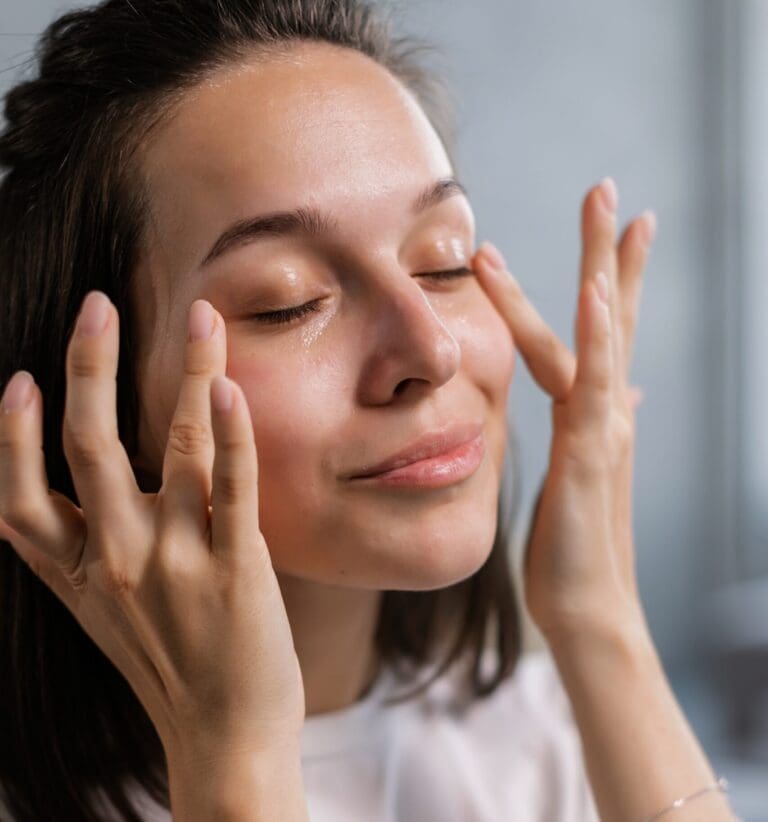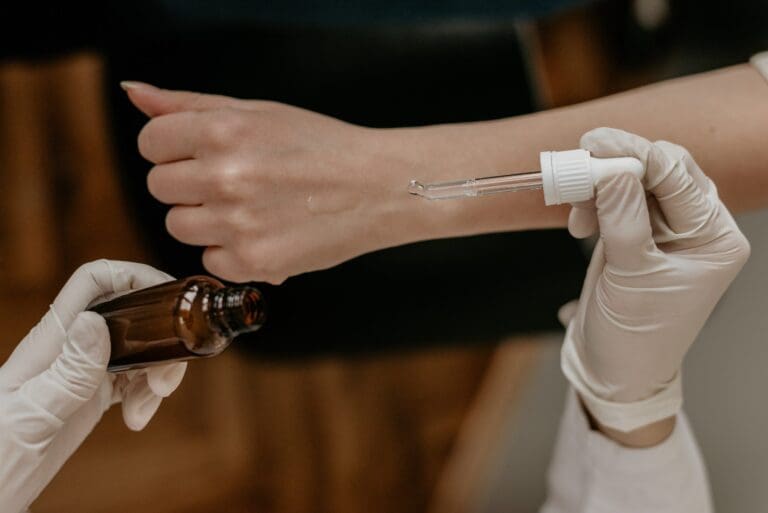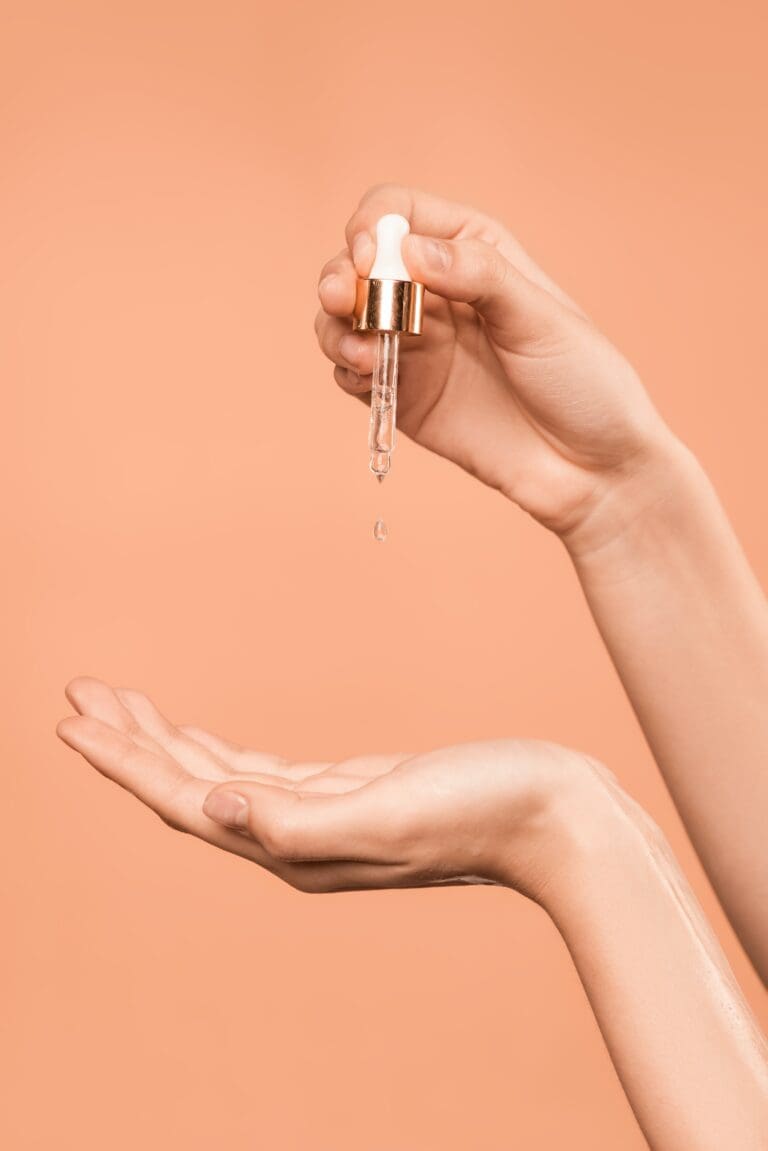What is the Best Order: Applying Skincare Products
Have you ever wondered about the appropriate order to put ingredients on your face and if you are doing it correctly? With so many different skincare products on the market, it can be overwhelming to figure out the best way to apply them. However, the order in which you apply your skincare products is crucial to getting the most out of them.
According to dermatologists, the general rule of thumb is to apply your products in order of consistency, from thinnest to thickest. This means starting with lighter, more watery products and ending with heavier creams and oils. By doing this, you allow your skin to fully absorb each product and get the maximum benefits from each ingredient. But what about products with active ingredients like retinol or vitamin C? It’s important to pay attention to the instructions on these products, as they may require a specific order of application.
Understanding Your Skin Type
Before you can determine the appropriate order to apply ingredients to your face, it’s essential to understand your skin type. Knowing your skin type will help you choose the right products and create a skincare routine that works best for you.
Dry Skin
If you have dry skin, your skin may feel tight, itchy, and flaky. You should use products that hydrate and moisturize your skin. Look for ingredients like hyaluronic acid, glycerin, and ceramides. Avoid using products that contain alcohol, as it can dry out your skin even more.
Oily Skin
If you have oily skin, your skin may appear shiny and feel greasy. You should use products that help control oil production and prevent breakouts. Look for ingredients like salicylic acid, benzoyl peroxide, and retinoids. Avoid using heavy creams and oils that can clog your pores.
Sensitive Skin
For sensitive skin, your skin may be easily irritated, red, and itchy. It’s essential to use products that are gentle and fragrance-free. Look for ingredients like aloe vera, chamomile, and oatmeal. Avoid using products that contain harsh chemicals and fragrances.
Acne-Prone Skin
With acne-prone skin, your skin may be prone to breakouts and blemishes. Look for products that help prevent and treat acne. Ingredients like salicylic acid, benzoyl peroxide, and tea tree oil will be good for your skin. Avoid using products that contain heavy oils and pore-clogging ingredients.
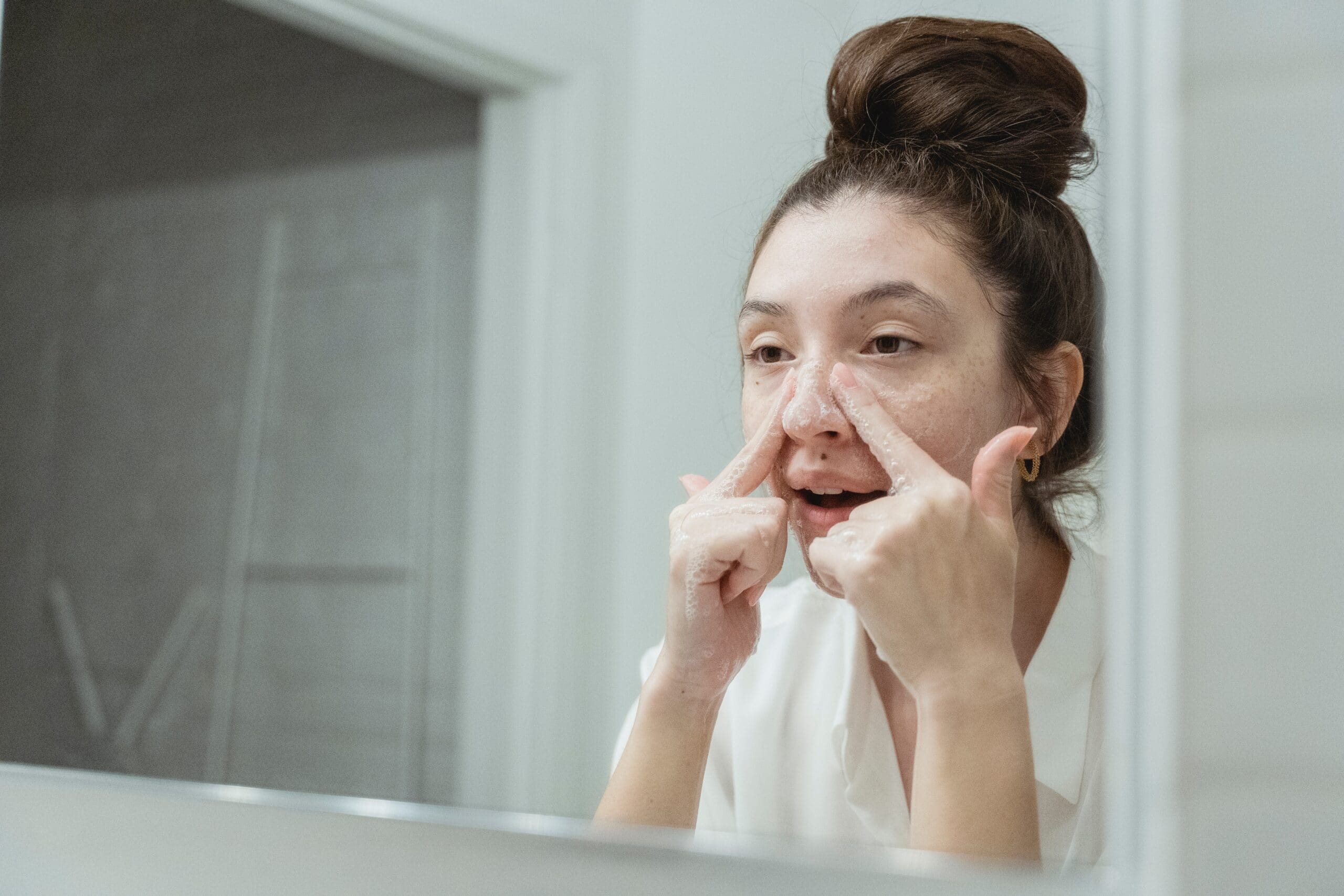
The Importance of PH Level
When it comes to skincare, the pH level of your products is an essential factor to consider. The pH level is a measure of how acidic or alkaline a substance is, and it can have a significant impact on your skin’s health and appearance.
Your skin has a natural pH level of around 5.5, which is slightly acidic. This acidity helps to maintain your skin’s moisture barrier and protect it from harmful bacteria and environmental aggressors. If the pH level of your skincare products is too high or too low, it can disrupt your skin’s natural balance and lead to a range of issues, including dryness, irritation, and breakouts.
To ensure that your skincare products are pH-balanced, it’s essential to know the ideal pH range for different types of products. Cleansers and lotions for the skin should have a pH of 5-6, while hair products should be slightly more acidic, with a pH of around 4.5-5.5.
When choosing skincare products, it’s also important to consider the pH level of your skin. If you have naturally dry or sensitive skin, you may want to choose products with a slightly lower pH to avoid irritation. On the other hand, if you have oily or acne-prone skin, products with a higher pH may be more effective at controlling breakouts.
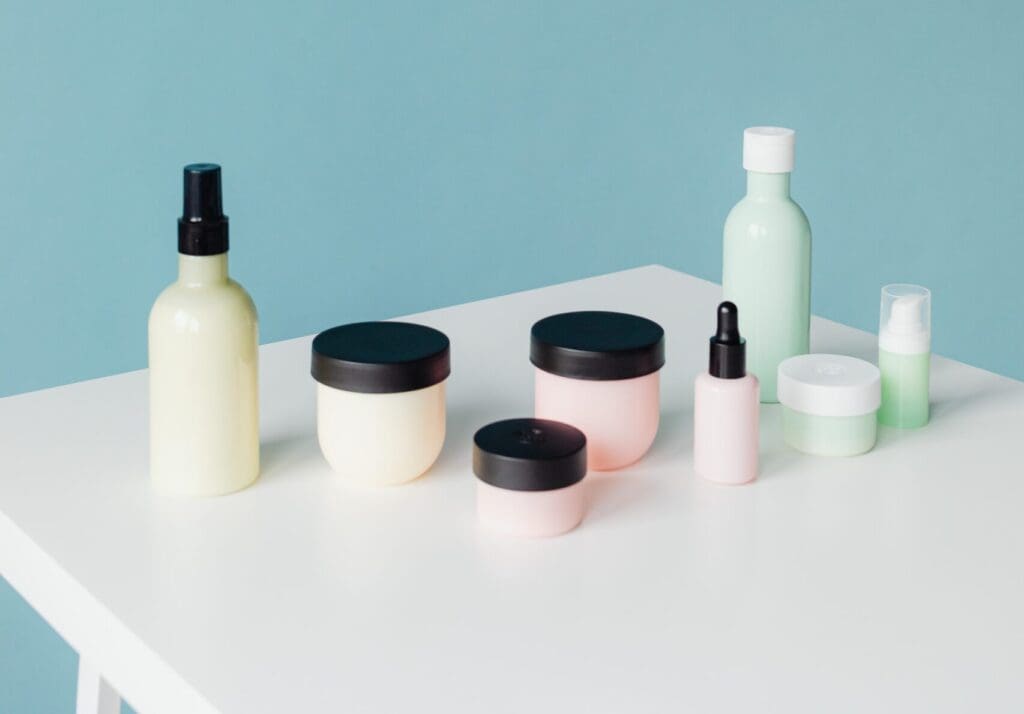
The Correct Order of Applying Skincare Products
When it comes to applying your cosmetic products, the order in which you apply them is just as important as the products themselves. Applying products in the correct order ensures that your skin receives the full benefits of each product. Here’s a breakdown of the correct order of applying cosmetic products:
Cleanser: Start by washing your face with a gentle cleanser to remove dirt, oil, and makeup. Cleansing your face helps to prepare your skin for the rest of your skincare routine.
- Toner: After cleansing, apply a toner to help balance your skin’s pH levels and remove any remaining impurities. Toners can also help to hydrate and soothe the skin.
Serum: Next, apply a serum to target specific skin concerns such as fine lines, wrinkles, or dark spots. Serums contain a high concentration of active ingredients and are designed to penetrate deep into the skin.
Eye Cream: Apply eye cream to the delicate skin around your eyes to help hydrate, brighten, and reduce the appearance of fine lines and wrinkles.
Moisturizer: Apply a moisturizer to hydrate and protect your skin. Moisturizers help to lock in moisture and create a barrier between your skin and the environment.
Sunscreen: Finish off your skincare routine with sunscreen to protect your skin from the harmful effects of the sun. Sunscreen should be applied every day, even on cloudy days.
When it comes to layering your products, ensure you are applying them in order of their consistency, from thinnest to thickest. This will help each product be able to fully absorb into the skin before the next product is applied.
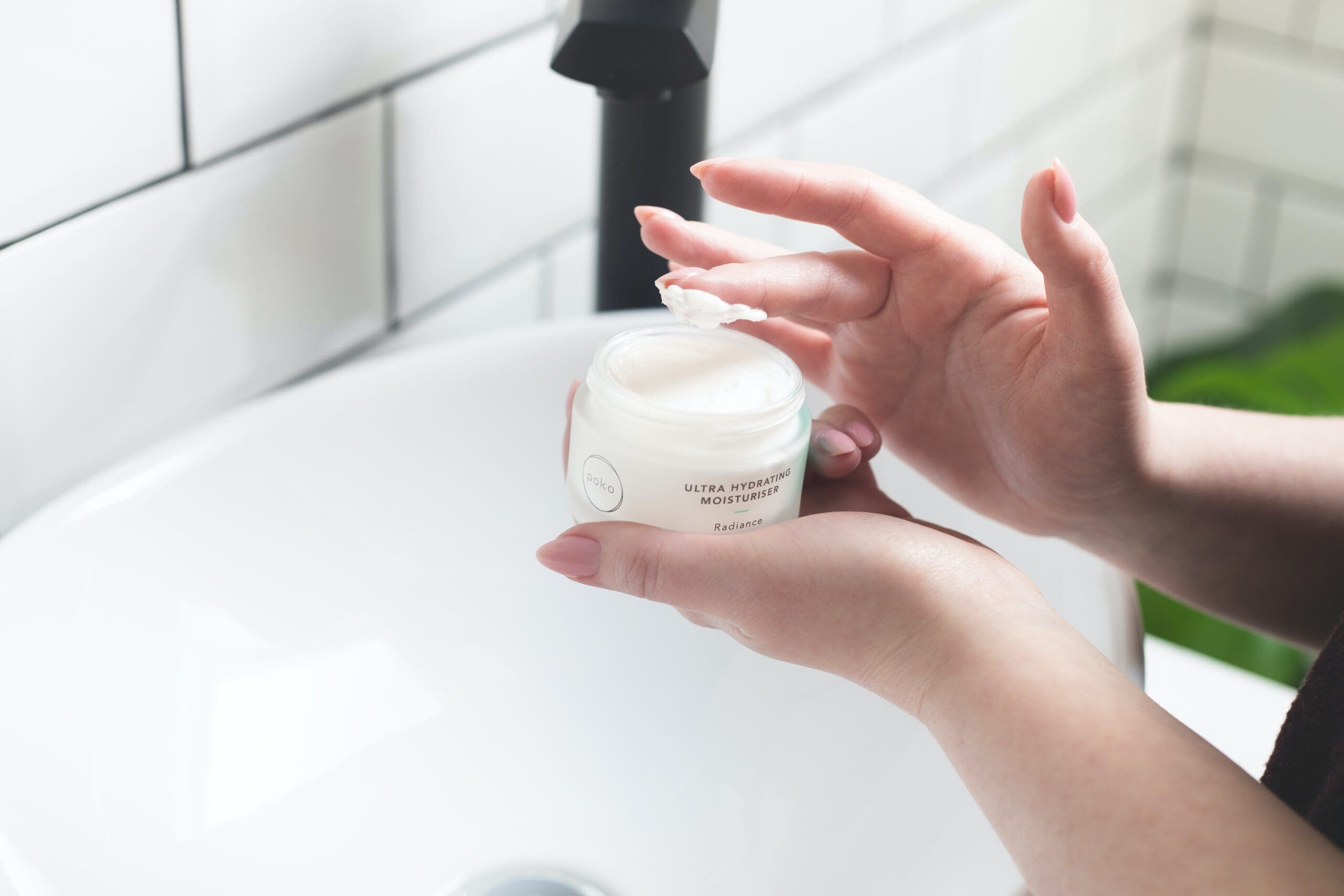
Consulting a Dermatologist
If you are unsure about the appropriate order for applying cosmetics on your face, it is always a good idea to consult a dermatologist. A dermatologist is a medical professional who specializes in treating skin, hair, and nails. They can provide you with personalized advice on the best skincare routine for your specific skin type and concerns.
A board-certified dermatologist has completed rigorous training and passed a certification exam, so they are highly qualified to provide expert skincare advice. They can also diagnose and treat any skin conditions or diseases that you may have.
When you visit a dermatologist, they will first examine your skin and ask about your current skincare routine. They may recommend specific products or ingredients based on your skin type and concerns. They can also advise you on the appropriate order for applying your skincare products to maximize their effectiveness.
If you are experiencing any skin issues, such as acne, rosacea, or eczema, a dermatologist can provide you with targeted treatments to address these concerns. They can also recommend lifestyle changes, such as dietary modifications or stress reduction techniques, that can improve the overall health of your skin.




